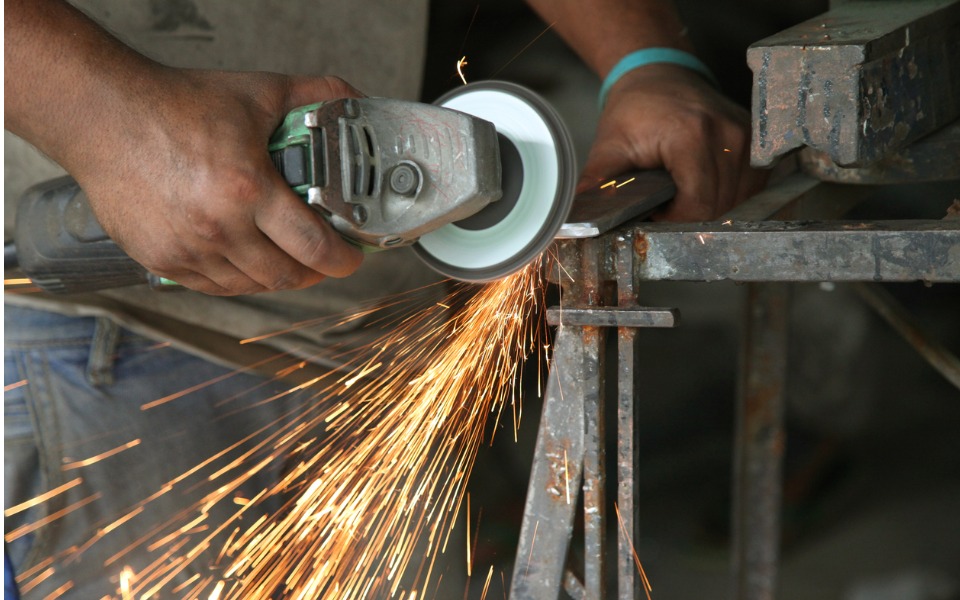
As COVID 2.0 batters India, over 70L people lose livelihoods
Data from the Centre for Monitoring Indian Economy (CMIE) indicate the nation’s unemployment rate zoomed to nearly 8% in April, vis-à-vis 6.5% in March, marking a four-month high; now, with states like Delhi, Karnataka and Tamil Nadu imposing more lockdowns to contain the infection, the jobs scenario threatens to get more bleak

The second wave of COVID has wreaked unimaginable havoc on India, with the mortality numbers mounting every day and the caseload spike leaving the healthcare system in tatters.
Equally worrisome is the economic toll of the pandemic. Per data from the Centre for Monitoring Indian Economy (CMIE), the nation’s unemployment rate zoomed to nearly 8% in April, vis-à-vis 6.5% in March, marking a four-month high. Now, with states like Delhi, Karnataka and Tamil Nadu imposing more lockdowns to contain the infection, the jobs scenario threatens to get more bleak.
By Monday, India had recorded over 2 crore cases of COVID, with more than 2 lakh deaths.
Economic downturn
Lockdowns directly impinge on jobs as migrants move to their hometowns and enterprises, particularly smaller ones, shut shop or pare their operations for want of customers. Another major blow to the employment numbers comes from the economic downturn resulting from the pandemic.
According to investment bank UBS Securities India, economic activity in the country decelerated last month by about 7 percentage point. It foresees some more sequential weakening of the economy with increased lockdowns.
UBS further said the urban unemployment rate increased in April against the 2021 baseline; however, the rural areas managed to sustain the numbers.
Adding further gloom to the employment scenario, IHS Markit India, which tracks manufacturing sector activity, said on Monday the growth was largely flat last month. The rate of growth for new orders and output fell to eight-month lows thanks to the COVID crisis, it said in its monthly report.
The seasonally adjusted IHS Markit India Manufacturing Purchasing Managers’ Index (PMI) stood at 55.5 in April, little changed from March’s reading of 55.4, according to a PTI report. In PMI parlance, a print above 50 represents expansion while one below 50 denotes contraction. Manufacturing being among the largest employers in India, a downturn in that sector could have a significant impact on jobs.
No room for freshers
A sharp fall in the number of jobs worryingly translates into fewer opportunities for fresh employment generation. Provisional data from the Employees’ Provident Fund Organisation (EPFO) indicate that in February, just as the second wave of COVID was starting, the number of freshers joining the formal workforce was the lowest in three months.
Against more than 8.6 lakh in January 2021, just over 7.6 lakh new workers joined the workforce in February, it said. The subsequent months are only likely to record even sharper decreases as the nation fights the COVID crisis.
The unemployment issue, while all-prevalent, is hitting blue-collar workers harder. Most enterprises trim jobs bottom-up, which means the unskilled daily labourers are the first to go. Also, the gender disparity gets heightened when there is a job crisis.
Last week, Vice President M Venkaiah Naidu flagged the issue of pay disparity as he spoke at a virtual event. While no nation attained gender parity even in the best of times, the COVID crisis has accentuated the problem, he pointed out.
Reminiscent of 2020 events
As the second wave of COVID overwhelms the nation’s healthcare system and economy alike, it is reminiscent of the picture last year as the Indian government implemented one of the strictest lockdowns worldwide.
The move did contain the contagion, but resulted in millions of job losses apart from hitting the Gross Domestic Product (GDP) hard. Prime Minister Narendra Modi has, therefore, desisted from imposing another lockdown this year. Additionally, he has urged state governments to impose curbs only if absolutely critical, and in a prudential manner.


